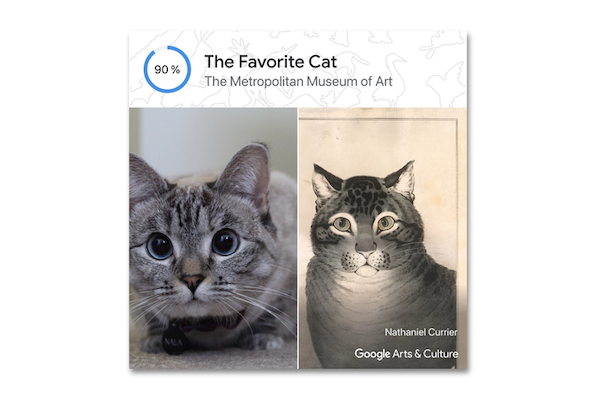
Two features, called "Look Like an Expert" and "DIY", provide activities similar to those often found in art galleries.

Education Google Arts & Culture includes several educational tools and resources for teachers and students, such as educational videos, art history timelines, art toolkits, and comparative teaching resources.
#GOOGLE ARTS AND CULTURE FOR MAC TRIAL#
For example, Michelle Obama filmed a welcome video for the White House gallery page, and Israel's Holocaust Museum Yad Vashem launched a YouTube channel with 400 hours of original video footage from the trial of Adolf Eichmann which users could access through the museum's Arts & Culture exhibits. This provided users the option to virtually walk through a museum and listen to an audio guide for certain artworks, or to follow a video tour that guided them through a gallery. Video and Audio Content Several partner cultural organizations opted to include guided tours or welcome videos of their galleries. This new function enabled site users to more easily search across numerous collections. The search results were displayed in a slideshow format. Users could find art by filtering their search with several categories, including artist, museum, type of work, date, and country. Features of second-generation Google Arts & Culture Explore and Discover In the second launch of the platform, Google updated the platform's search capabilities so that users could more easily and intuitively find artworks. The second-generation platform integrated Google's social media platform Google+, so that site users could upload video and audio content to personalize their gallery and share their own collections through social media. This feature was so successful upon the platform's launch that Google had to dedicate additional servers to support it. Using Google's link abbreviator (Goo.gl), users could share their artwork collection with others through social media and conventional online communication mechanisms.

Create an Artwork Collection Users can compile any number of images from the partner organizations and save specific views of artworks to create a personalized virtual exhibition. Each cultural organization was allowed to include as much material as they wanted to contribute, so the level of information varied. Additional options were Viewing Notes, History of the Artwork, and Artist Information, which users can easily access from the microscope view interface. When examining an artwork, users could also access information on the item's physical characteristics (e.g. The Microscope view provides a dynamic image of an artwork and scholarly and contextual information to enhance their understanding of the work. As of April 2012, over 32,000 high-quality images were available. Artwork View From the Gallery View (also known as Microscope View), users can zoom in on a particular artwork to view the picture in greater detail.

Site components Features of first-generation Google Arts & Culture Virtual Gallery Tour Through the Virtual Gallery Tour (also known as Gallery View) users can virtually 'walk through' the galleries of each partner cultural organization, using the same controls as Google Street View or by clicking on the gallery's floorplan. 3.2 Partial list of Google Cultural Institute partners.3.1 List of the initial 17 partner museums.1.2 Features of second-generation Google Arts & Culture.1.1 Features of first-generation Google Arts & Culture.


 0 kommentar(er)
0 kommentar(er)
